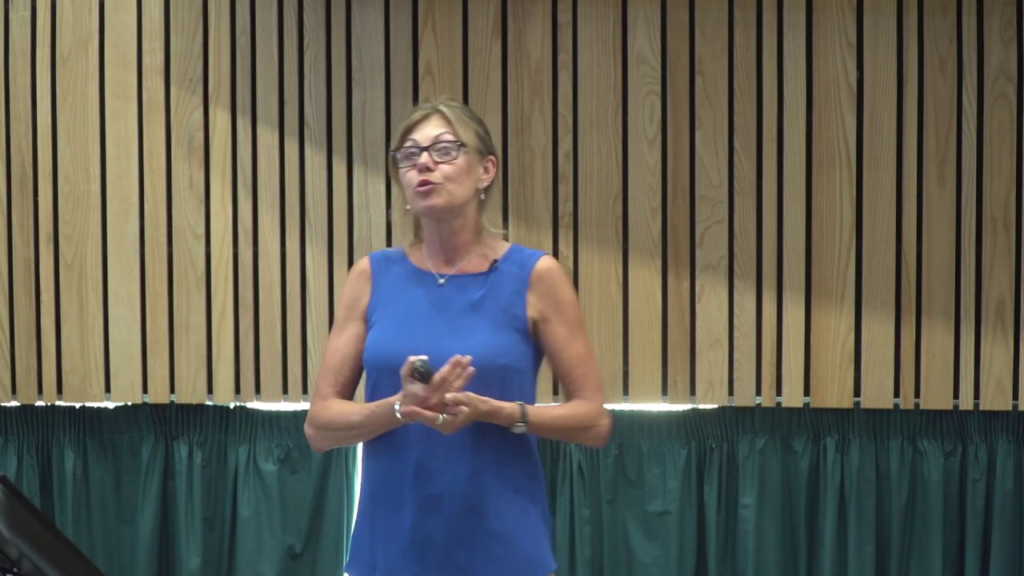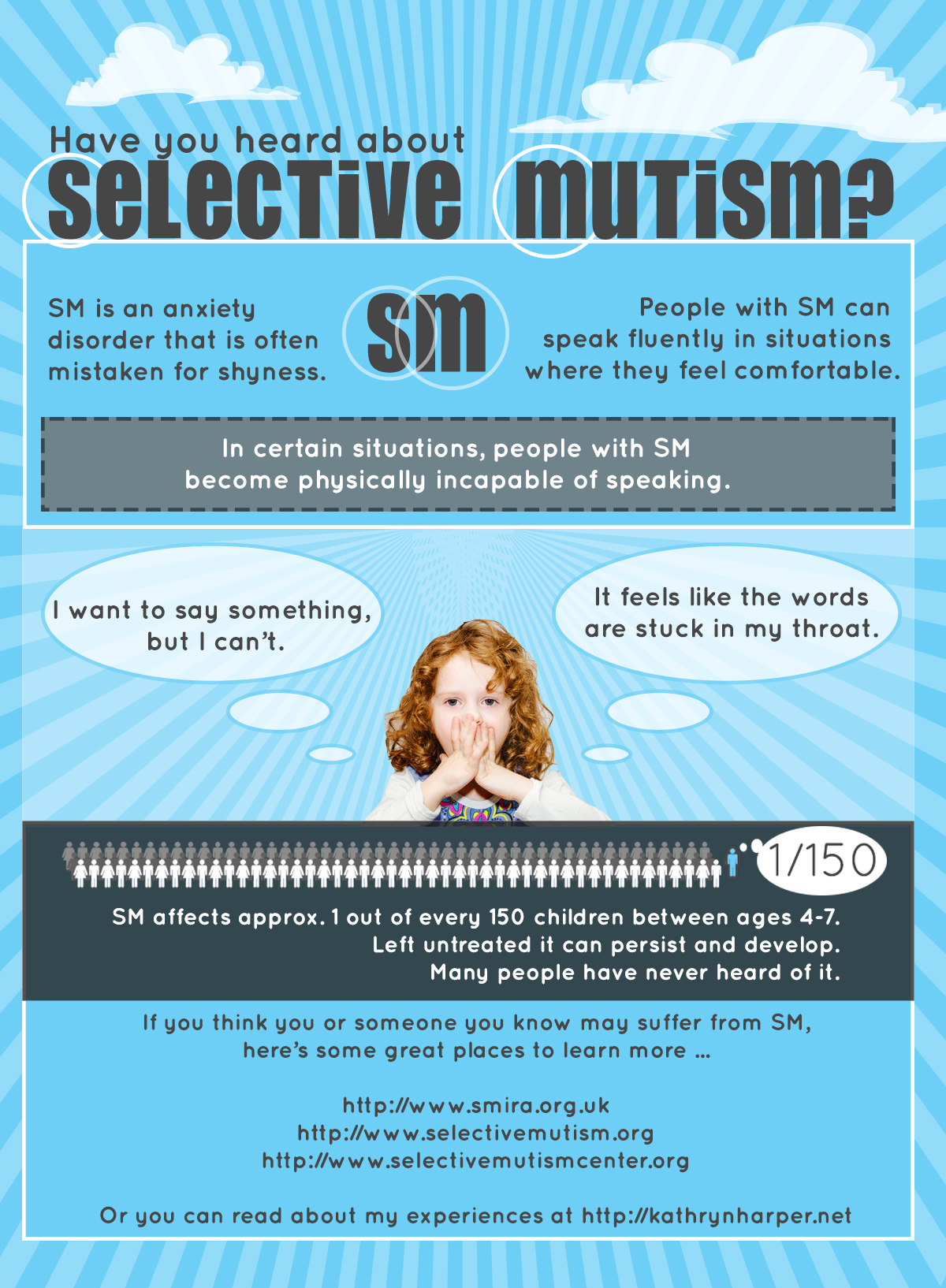
When students in school, college or university do not speak in certain settings, despite talking freely in other situations, we cannot assume they choose not to speak or lack motivation to engage. How can we distinguish between shyness, refusal or inability to speak? Are we handling their silence appropriately? The answers to these questions will make all the difference between facilitating participation, engagement and verbal interaction and pushing the student deeper into withdrawal, isolation and avoidance. This introductory talk by Maggie Johnson looks to share strategies and practical suggestions about supporting students in one of these educational settings. Maggie Johnson, FRCSLT, is a speech and language therapist advisor specialising in childhood communication disorders and selective mutism (an anxiety disorder). With over thirty years of experience in education and community settings, Maggie supports adults with selective mutism and works closely with families and schools. She provides training and workshops across the UK and overseas and has appeared in several television documentaries about selective mutism.


